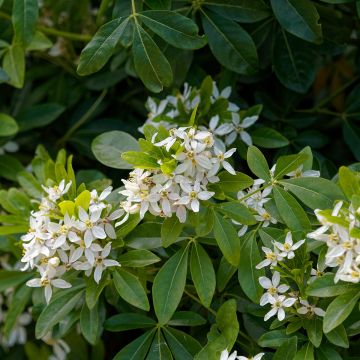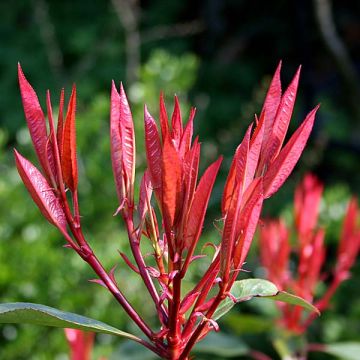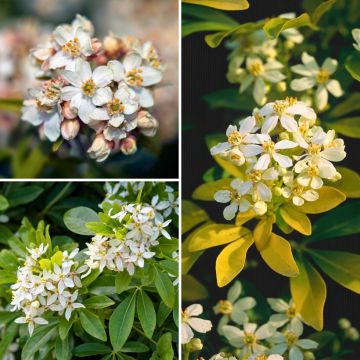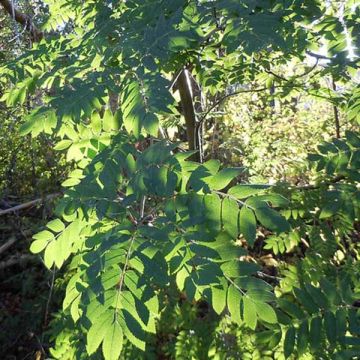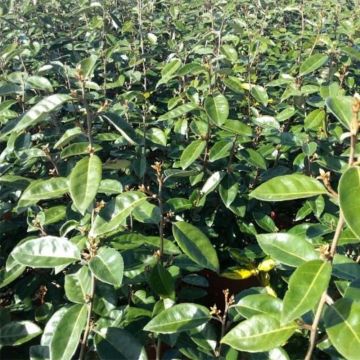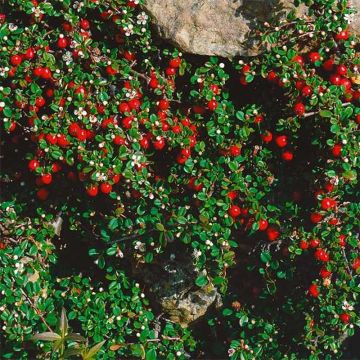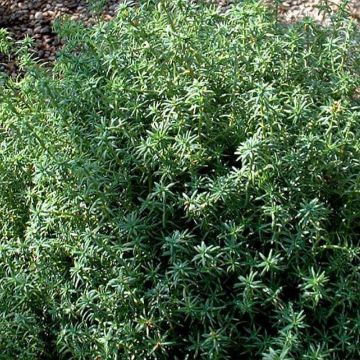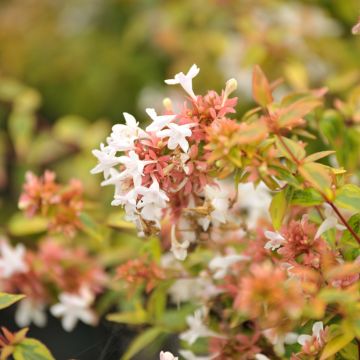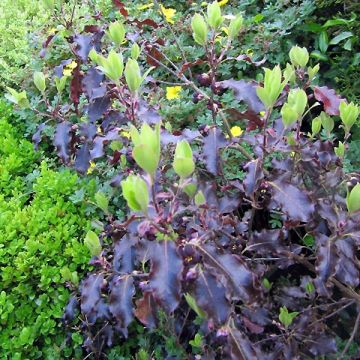Shipping country and language
Your country of residence may be:
Your country of residence is:
For a better user experience on our website, you can select:
Your shipping country:
-
Andorra
-
Austria
-
Belgium
-
Bulgaria
-
Canada
-
Chile
-
Croatia
-
Cyprus
-
Czechia
-
Denmark
-
Estonia
-
Finland
-
France
-
Germany
-
Greece
-
Hungary
-
Iceland
-
Ireland
-
Italy
-
Latvia
-
Lithuania
-
Luxembourg
-
Malta
-
Monaco
-
Netherlands
-
Poland
-
Portugal
-
Romania
-
Slovakia
-
Slovenia
-
Spain
-
Sweden
-
Switzerland
-
United Kingdom
We only deliver seed and bulb products to your country. If you add other products to your basket, they cannot be shipped.
Language:
-
French
-
German
-
Spanish
-
English
-
Italian
My Account
Hello
My wish lists
Log in / Register
Existing customer?
New customer?
Create an account to track your orders, access our customer service and, if you wish, make the most of our upcoming offers.
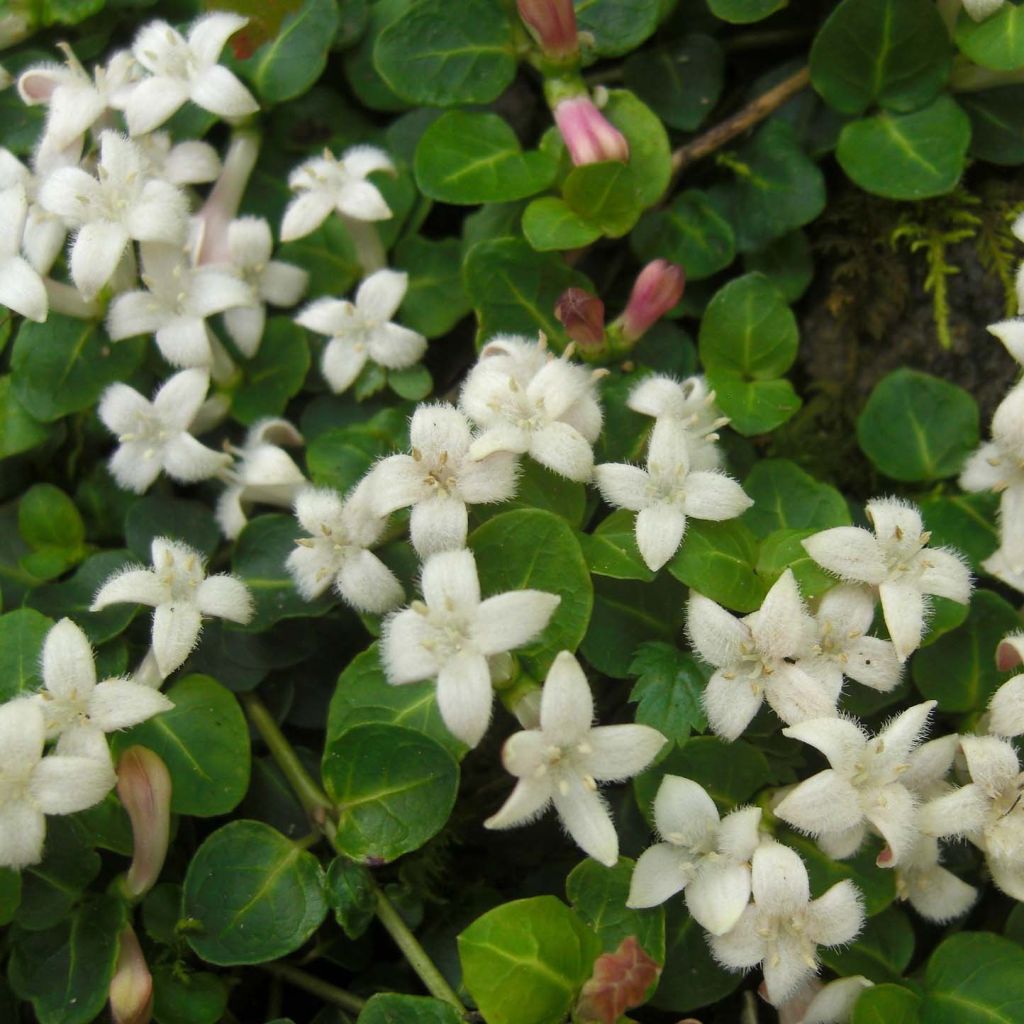

Mitchella repens - Pain de perdrix
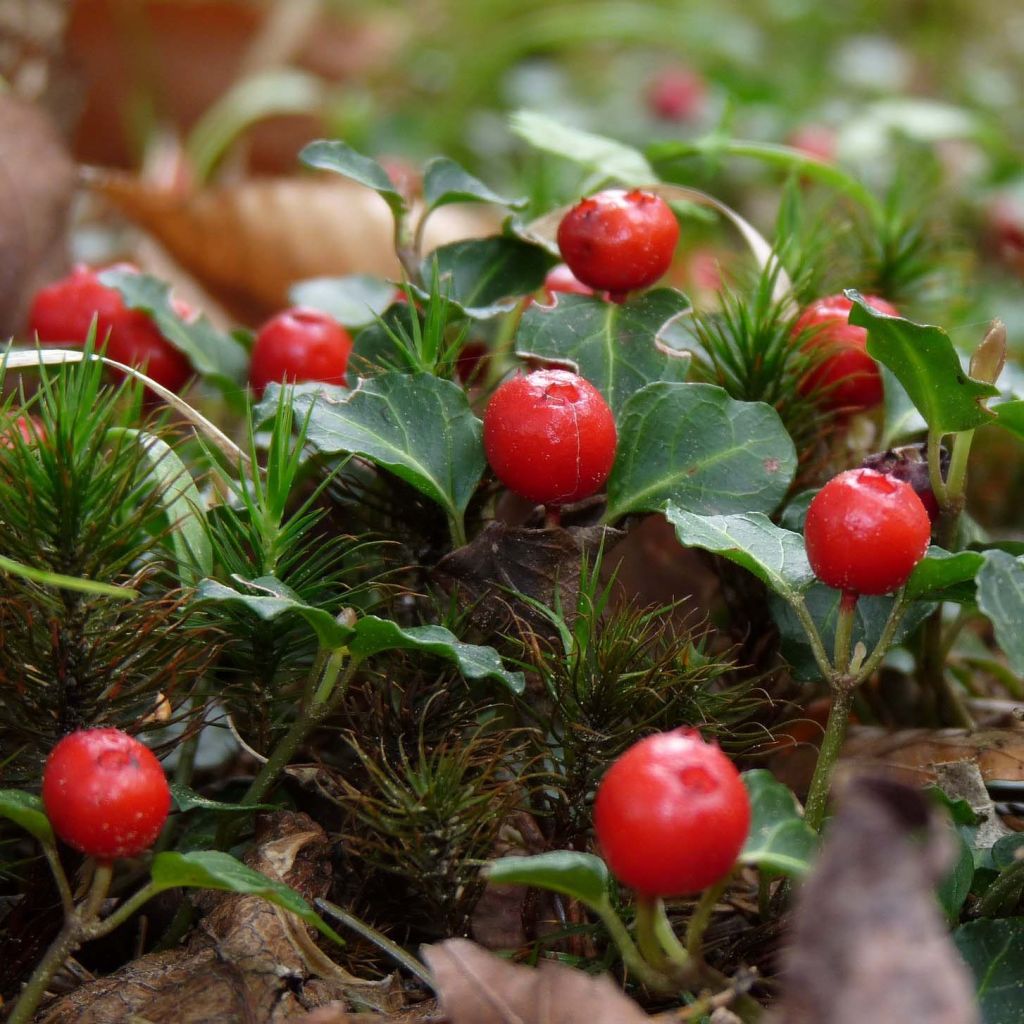

Mitchella repens - Pain de perdrix
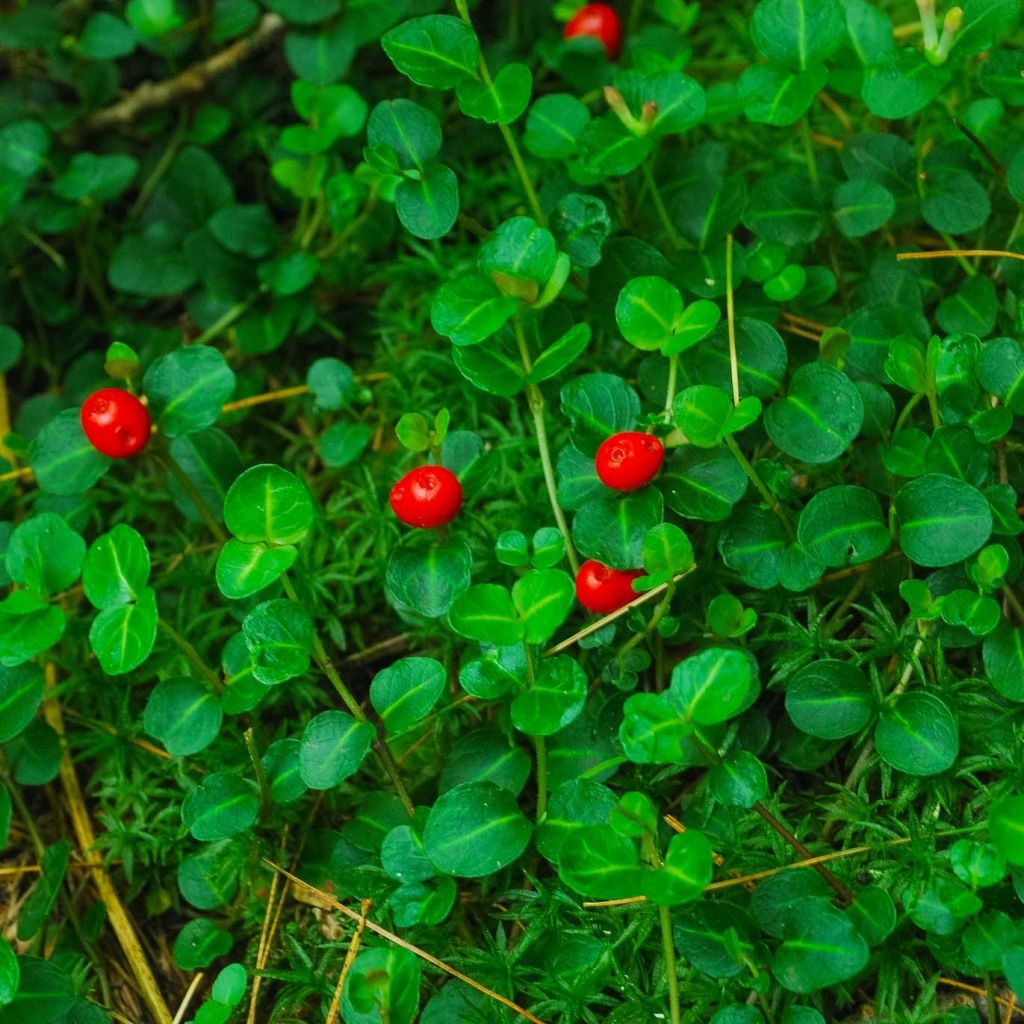

Mitchella repens - Pain de perdrix
Mitchella repens
Mitchella repens
Partridge Berry
lovely young plants. I hope they will spread quickly.
Florence, 26/10/2021
Why not try an alternative variety in stock?
View all →Order in the next for dispatch today!
Dispatch by letter from €3.90.
Delivery charge from €5.90 Oversize package delivery charge from €6.90.
Current delivery delay: 2 days.
More information
This item is not available in your country.
Schedule delivery date,
and select date in basket
This plant carries a 24 months recovery warranty
More information
We guarantee the quality of our plants for a full growing cycle, and will replace at our expense any plant that fails to recover under normal climatic and planting conditions.
From €5.90 for pickup delivery and €6.90 for home delivery
Express home delivery from €8.90.
Does this plant fit my garden?
Set up your Plantfit profile →
Description
Mitchella repens, also known as Partridge berry, is a curious creeping and prostrate bush that is still unfamiliar to gardeners. It is an interesting plant with persistent small foliage, which is a very shiny green with white veins. Over time, it forms a very elegant ground cover through its stems that root on the ground as they go. It is adorned with delicate white flowers, preceded by dark pink buds, followed by red berries that persist until late autumn. It is a good alternative to creeping cotoneaster to dress shaded and cool areas of the garden, in non-calcareous soil.
Mitchella repens belongs to the Rubiaceae family, and is a cousin of the coffee plant. It is native to the eastern part of North America, specifically a large area ranging from Minnesota to Nova Scotia and from Florida to Texas. It is found in damp to drier undergrowth, along watercourses or on sandy slopes. This bush is capable of withstanding very harsh winters. It has a prostrate, spreading, and creeping habit, supported by fairly short, stiff, and branched stems. Its growth is fairly slow, reaching a height of about 10cm (4in) with a spread of 1m (3ft) at maturity. Its foliage is composed of small, thick, and leathery leaves, opposite on the stems, oval or heart-shaped, not exceeding 1.5cm (1in) in length and 1cm (1in) in width. They are a very shiny green and traversed by almost white veins. Adventitious roots can develop at the nodes, allowing the plant to spread in width. Flowering takes place from May to July, in the form of tubular and fragrant flowers grouped in pairs in a common and hairy calyx. Each dark pink flower bud opens into a white flower with 4 petals measuring 1cm (1in) in diameter. They are honey-bearing and are followed by the formation of a few rare edible fruits called drupes, ripening in late summer. Certain birds and small mammals can consume them.
Mitchella repens is ideal for elegantly covering shaded areas of the garden throughout the year, bringing a very neat touch to them. While it can grow in fairly varied conditions, this bush does not appreciate limestone and excessively hot and dry climates. Perfect at the foot of a tall hedge, it can also be planted in a rockery to fill the spaces between other plants. Plant it on a large shady slope, above a wall, or at the edge of a terrace or an alley. Always place it in a non-burning exposure. It can be planted with Juniperus squamata 'Blue Star', Euonymus fortunei 'Emerald Gaiety', small perennials like hepatiques, or Berberis thunb. 'Atropurpurea Nana'.
Report an error about the product description
Mitchella repens in pictures
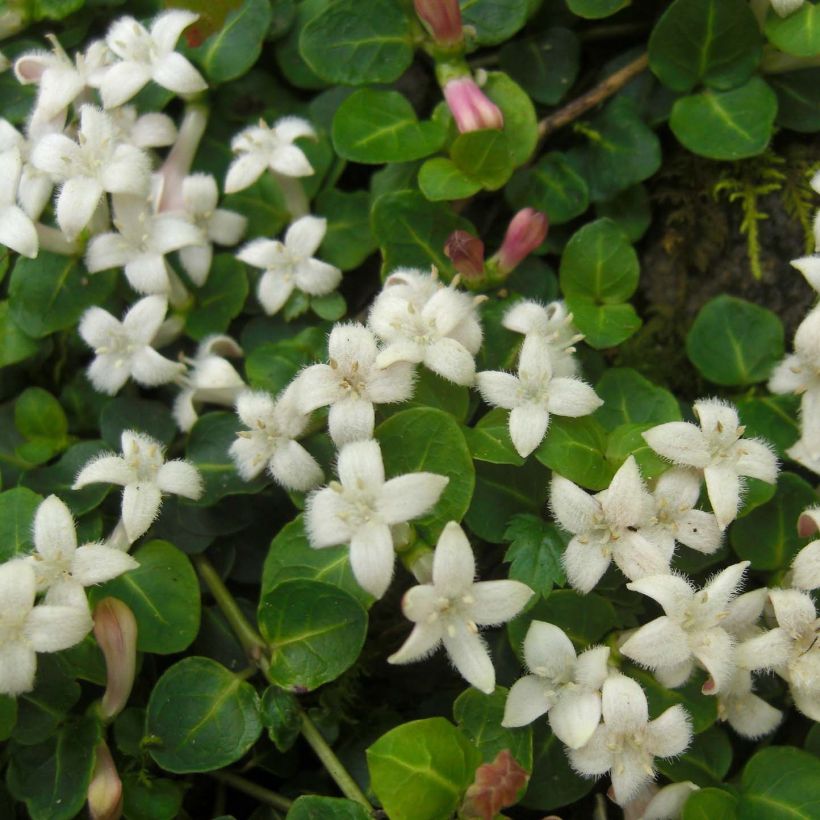

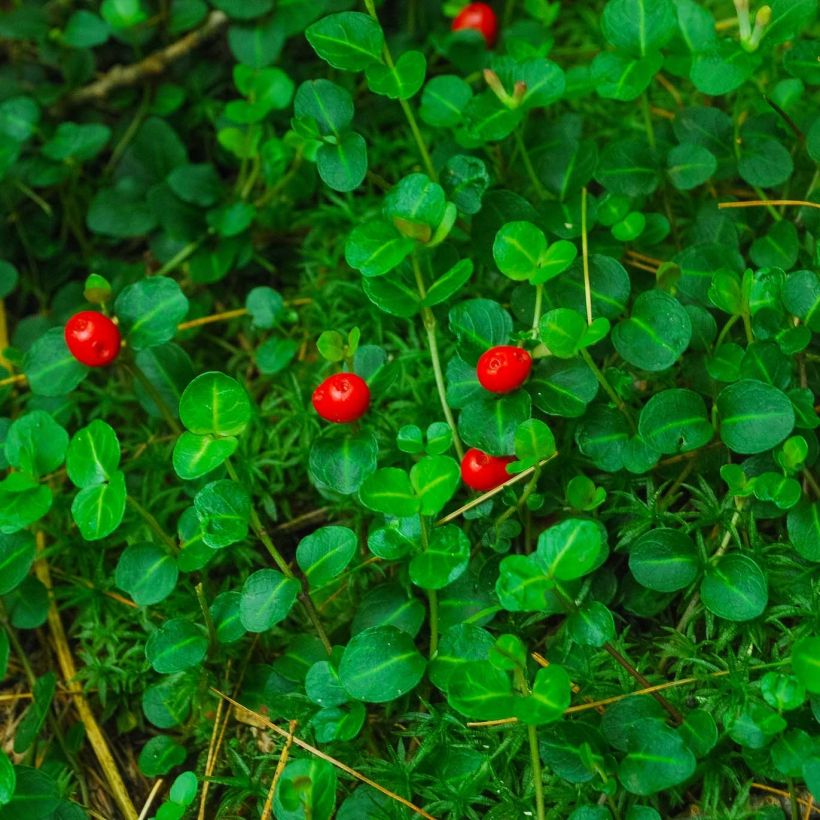

Plant habit
Flowering
Foliage
Botanical data
Mitchella
repens
Rubiaceae
Partridge Berry
North America
Other Shrubs A to Z
Planting and care
Plant in a preferably semi-shaded, non-burning position. It requires well-drained, preferably non-limestone soil. This bush prefers soils that remain moist, but it can tolerate some drought once established. It thrives in a cool, even mountainous, climate, but suffers in excessively hot and dry regions. It is not very susceptible to diseases and parasites.
Planting period
Intended location
Care
-
, onOrder confirmed
Reply from on Promesse de fleurs
Evergreen shrubs
Haven't found what you were looking for?
Hardiness is the lowest winter temperature a plant can endure without suffering serious damage or even dying. However, hardiness is affected by location (a sheltered area, such as a patio), protection (winter cover) and soil type (hardiness is improved by well-drained soil).

Photo Sharing Terms & Conditions
In order to encourage gardeners to interact and share their experiences, Promesse de fleurs offers various media enabling content to be uploaded onto its Site - in particular via the ‘Photo sharing’ module.
The User agrees to refrain from:
- Posting any content that is illegal, prejudicial, insulting, racist, inciteful to hatred, revisionist, contrary to public decency, that infringes on privacy or on the privacy rights of third parties, in particular the publicity rights of persons and goods, intellectual property rights, or the right to privacy.
- Submitting content on behalf of a third party;
- Impersonate the identity of a third party and/or publish any personal information about a third party;
In general, the User undertakes to refrain from any unethical behaviour.
All Content (in particular text, comments, files, images, photos, videos, creative works, etc.), which may be subject to property or intellectual property rights, image or other private rights, shall remain the property of the User, subject to the limited rights granted by the terms of the licence granted by Promesse de fleurs as stated below. Users are at liberty to publish or not to publish such Content on the Site, notably via the ‘Photo Sharing’ facility, and accept that this Content shall be made public and freely accessible, notably on the Internet.
Users further acknowledge, undertake to have ,and guarantee that they hold all necessary rights and permissions to publish such material on the Site, in particular with regard to the legislation in force pertaining to any privacy, property, intellectual property, image, or contractual rights, or rights of any other nature. By publishing such Content on the Site, Users acknowledge accepting full liability as publishers of the Content within the meaning of the law, and grant Promesse de fleurs, free of charge, an inclusive, worldwide licence for the said Content for the entire duration of its publication, including all reproduction, representation, up/downloading, displaying, performing, transmission, and storage rights.
Users also grant permission for their name to be linked to the Content and accept that this link may not always be made available.
By engaging in posting material, Users consent to their Content becoming automatically accessible on the Internet, in particular on other sites and/or blogs and/or web pages of the Promesse de fleurs site, including in particular social pages and the Promesse de fleurs catalogue.
Users may secure the removal of entrusted content free of charge by issuing a simple request via our contact form.
The flowering period indicated on our website applies to countries and regions located in USDA zone 8 (France, the United Kingdom, Ireland, the Netherlands, etc.)
It will vary according to where you live:
- In zones 9 to 10 (Italy, Spain, Greece, etc.), flowering will occur about 2 to 4 weeks earlier.
- In zones 6 to 7 (Germany, Poland, Slovenia, and lower mountainous regions), flowering will be delayed by 2 to 3 weeks.
- In zone 5 (Central Europe, Scandinavia), blooming will be delayed by 3 to 5 weeks.
In temperate climates, pruning of spring-flowering shrubs (forsythia, spireas, etc.) should be done just after flowering.
Pruning of summer-flowering shrubs (Indian Lilac, Perovskia, etc.) can be done in winter or spring.
In cold regions as well as with frost-sensitive plants, avoid pruning too early when severe frosts may still occur.
The planting period indicated on our website applies to countries and regions located in USDA zone 8 (France, United Kingdom, Ireland, Netherlands).
It will vary according to where you live:
- In Mediterranean zones (Marseille, Madrid, Milan, etc.), autumn and winter are the best planting periods.
- In continental zones (Strasbourg, Munich, Vienna, etc.), delay planting by 2 to 3 weeks in spring and bring it forward by 2 to 4 weeks in autumn.
- In mountainous regions (the Alps, Pyrenees, Carpathians, etc.), it is best to plant in late spring (May-June) or late summer (August-September).
The harvesting period indicated on our website applies to countries and regions in USDA zone 8 (France, England, Ireland, the Netherlands).
In colder areas (Scandinavia, Poland, Austria...) fruit and vegetable harvests are likely to be delayed by 3-4 weeks.
In warmer areas (Italy, Spain, Greece, etc.), harvesting will probably take place earlier, depending on weather conditions.
The sowing periods indicated on our website apply to countries and regions within USDA Zone 8 (France, UK, Ireland, Netherlands).
In colder areas (Scandinavia, Poland, Austria...), delay any outdoor sowing by 3-4 weeks, or sow under glass.
In warmer climes (Italy, Spain, Greece, etc.), bring outdoor sowing forward by a few weeks.


